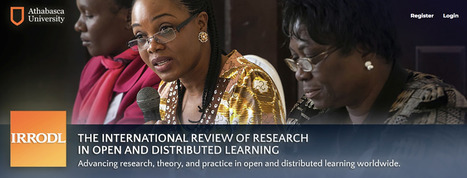This paper considers the current state of the United Kingdom Open University (UKOU) and the implications for the evolution of higher education, whether through open or traditional institutions. Although 50 years have passed since the establishment of UKOU, the first open university, such institutions seem to be losing their ground, notably because they face challenges in creating a clear identity for themselves. By definition, they have been distinguished from traditional universities by offering both open access and open admission. However, some cases of open access (i.e., distance teaching through the adoption of various technologies) are found in China, South Africa, the USSR, and the US. Even so, the introduction of open admission policies can be considered a core feature of open universities. Such policies have been criticized for creating a so-called revolving door, with students failing almost immediately. To counteract this, UKOU developed a particular quality assurance system, which allowed them to be an authoritative higher education institution. Specifically, they structured regional networks with shared responsibilities, to offer all the elements that make up a university including headquarters, regional offices, and even spaces for students. This form of networked university is what differentiates open universities from the traditional university model and constitutes a unique feature of this type of educational institution.
Via Ana Cristina Pratas, Elizabeth E Charles



 Your new post is loading...
Your new post is loading...









Abstract
This paper considers the current state of the United Kingdom Open University (UKOU) and the implications for the evolution of higher education, whether through open or traditional institutions. Although 50 years have passed since the establishment of UKOU, the first open university, such institutions seem to be losing their ground, notably because they face challenges in creating a clear identity for themselves. By definition, they have been distinguished from traditional universities by offering both open access and open admission. However, some cases of open access (i.e., distance teaching through the adoption of various technologies) are found in China, South Africa, the USSR, and the US. Even so, the introduction of open admission policies can be considered a core feature of open universities. Such policies have been criticized for creating a so-called revolving door, with students failing almost immediately. To counteract this, UKOU developed a particular quality assurance system, which allowed them to be an authoritative higher education institution. Specifically, they structured regional networks with shared responsibilities, to offer all the elements that make up a university including headquarters, regional offices, and even spaces for students. This form of networked university is what differentiates open universities from the traditional university model and constitutes a unique feature of this type of educational institution.